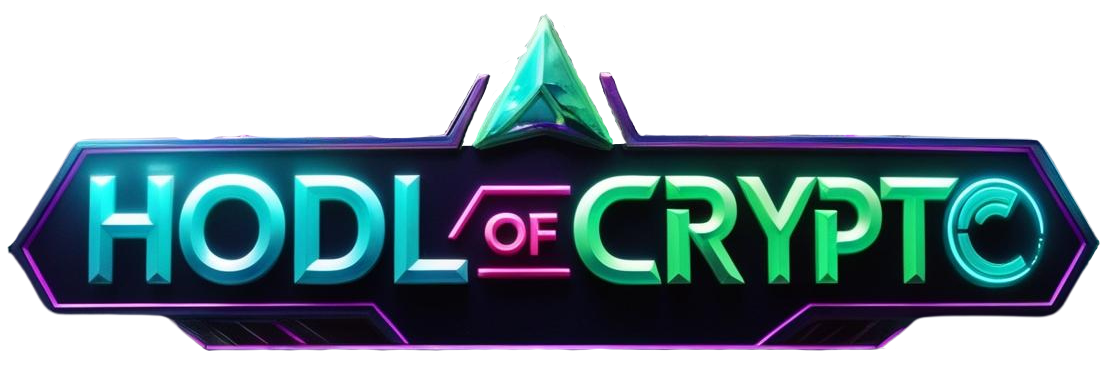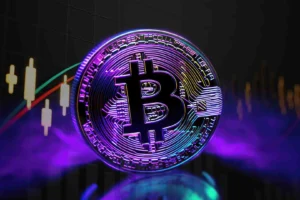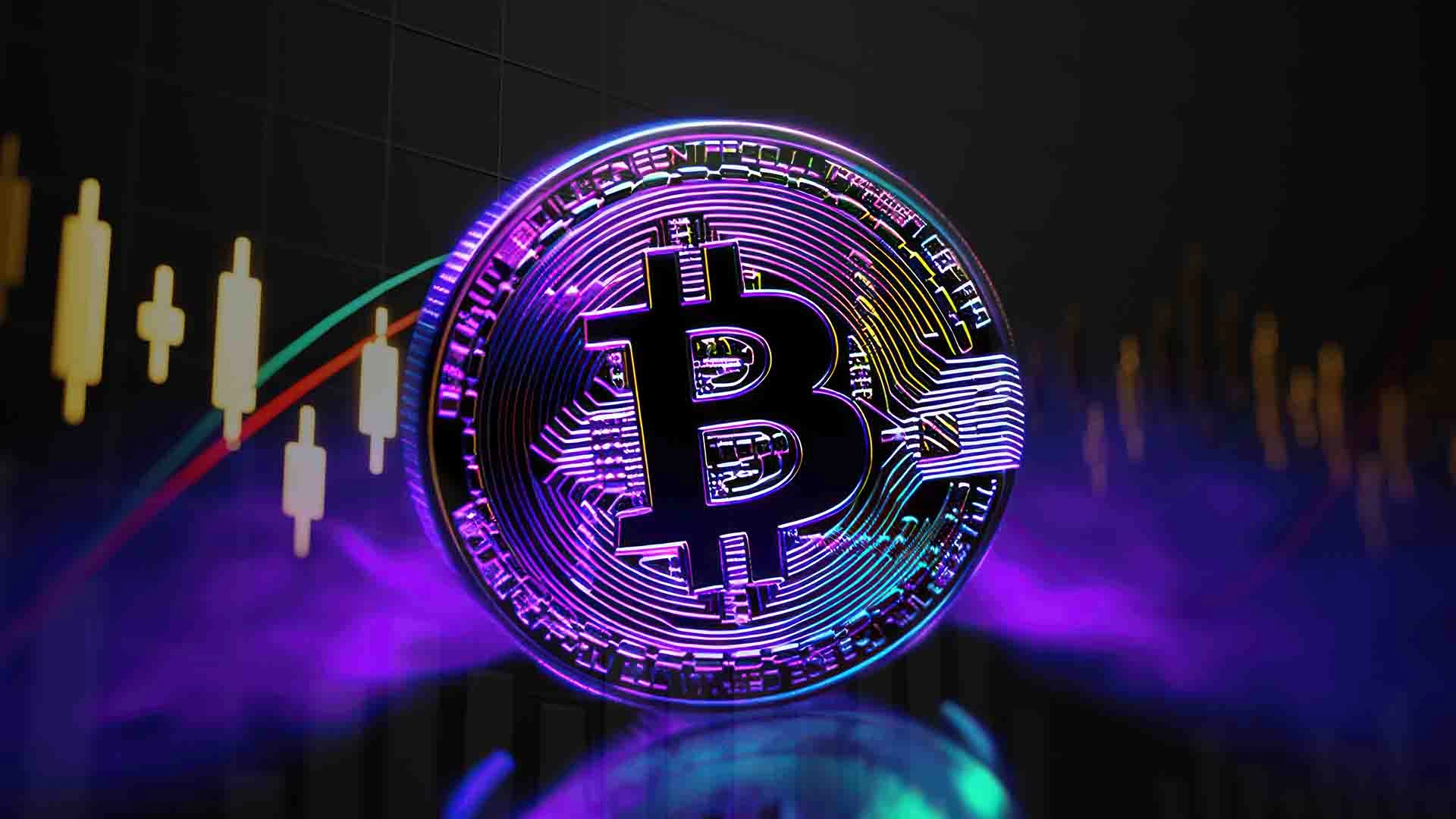Stablecoin Thailand 2025: What’s Really Driving the Boom in Digital Dollar Demand?
There’s a quiet but undeniable shift underway in Thailand’s financial landscape. Throughout 2025, the spotlight has landed squarely on stablecoin Thailand 2025—specifically USDT (Tether) and USDC (USD Coin)—as more Thai investors choose these digital assets over traditional savings methods or speculative crypto plays.
At first glance, it might seem like a niche movement, something driven by tech-savvy youth or crypto enthusiasts. But the numbers and behaviors suggest something deeper is happening. Stablecoins are moving from the fringe into the core of Thailand’s evolving financial strategy.
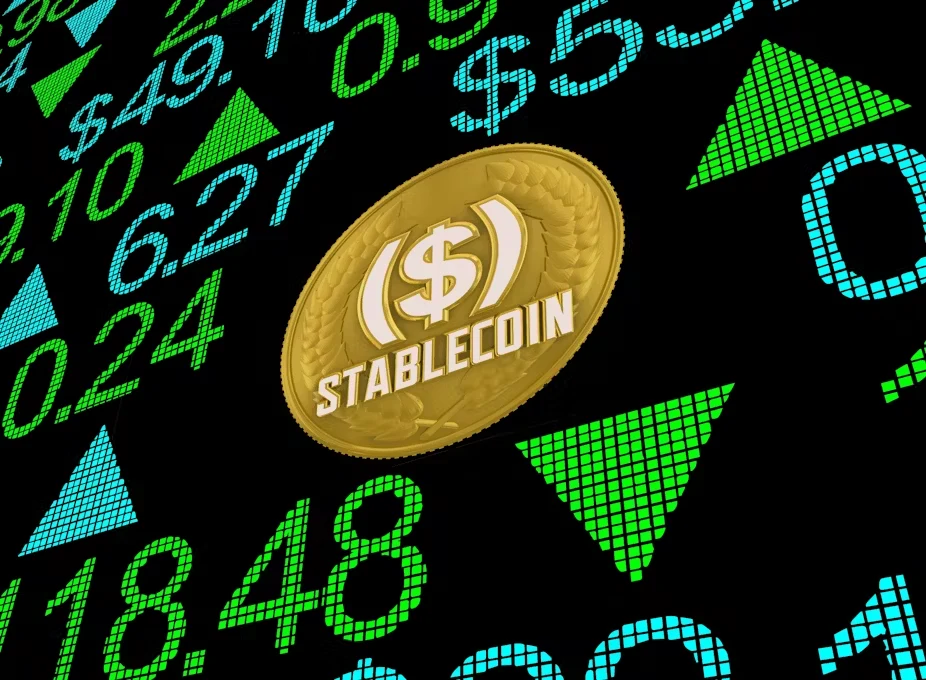
Credit from : The Conversation
A Post-Pandemic Pivot: From Baht to Digital Dollars
To understand the current trend, we need to look back a bit. Thailand, like many nations, faced economic uncertainty in the years following the pandemic. Inflation was persistent, the Thai baht fluctuated, and confidence in traditional financial tools took a hit—especially among younger generations who felt priced out of investment opportunities.
Meanwhile, cryptocurrency infrastructure matured rapidly. Exchanges became more regulated, mobile wallets became easier to use, and cross-border transactions lost much of their friction. It was in this environment that stablecoins started to look… practical.
Unlike volatile coins like Bitcoin or Ethereum, stablecoins offered something familiar—dollar-pegged value—but without the bureaucracy of forex or international wire transfers. Suddenly, Thai users could hold U.S. dollar value digitally, bypassing banks entirely.
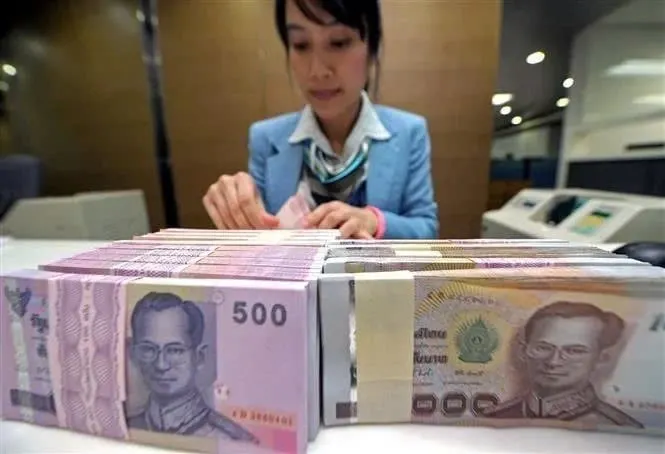
Why Are Thai Investors Turning to Stablecoin Thailand 2025?
A combination of factors is behind this quiet boom.
First, currency hedging is now front of mind. For individuals with savings or earnings tied to foreign currencies, the ability to hold USDT or USDC provides a buffer against local currency swings. This is especially relevant for freelancers and small businesses invoicing overseas clients in USD.
Second, yield remains attractive in the crypto world. Despite a cooling market overall, decentralized finance (DeFi) platforms still offer interest rates that outpace Thai bank offerings. Holding stablecoins on these platforms gives users both liquidity and return—something that’s hard to find elsewhere.
Third, control and convenience are huge selling points. With a stablecoin wallet, you don’t wait for a bank’s opening hours. You’re not dependent on bureaucracy or paperwork. Transactions happen quickly, often with lower fees, and the user retains full control of their funds.
And finally, digital adoption has hit critical mass. In 2025, Thailand is one of Southeast Asia’s most active mobile-first economies. Crypto fits naturally into this lifestyle. For many users, managing stablecoins feels no more complex than topping up a mobile wallet.
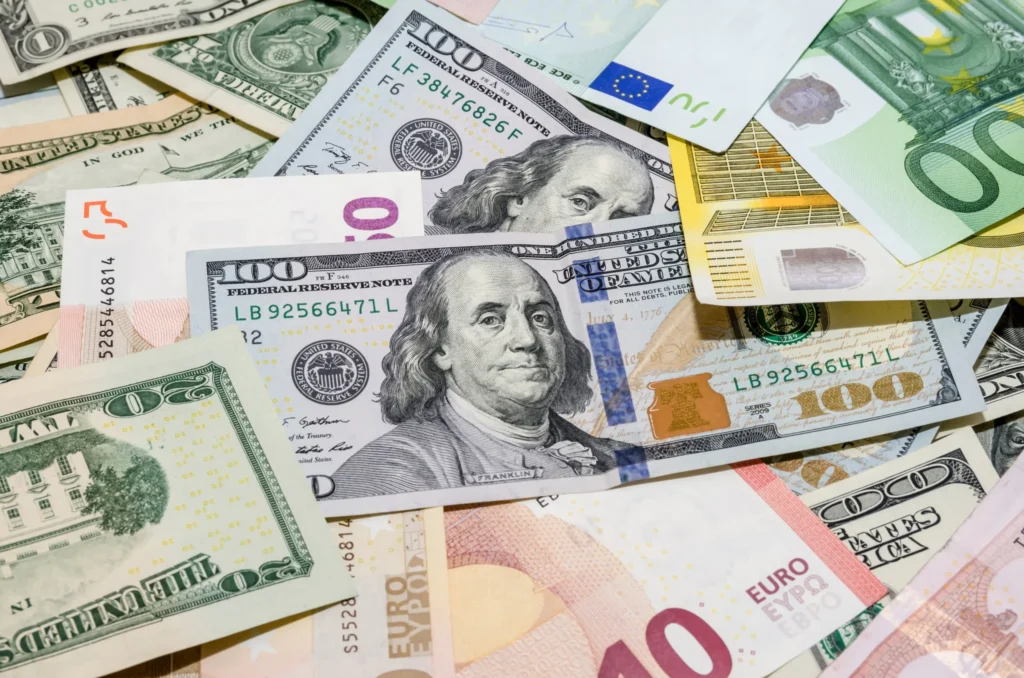
Legal Comfort Zones—and Lingering Caution
From a regulatory perspective, stablecoin trading is currently permitted in Thailand—as long as it’s done through licensed platforms. The Thai Securities and Exchange Commission (SEC) oversees exchanges such as Bitkub, Satang, and others, providing a degree of safety and trust that was lacking just a few years ago.
That said, the government remains cautious. Using stablecoins for everyday transactions—like buying groceries or paying rent—is still under review, and likely to remain restricted. Officials are keen to avoid any disruption to the baht’s role as the national currency.
So while holding and trading stablecoins is well within legal bounds, users must be careful not to cross into unauthorized payment territory. It’s a balance—freedom with limits.

Looking Ahead: Will the Momentum Last?
That’s the big question.
So far, 2025 has shown consistent growth in both stablecoin trading volume and user adoption. More Thais are experimenting with these assets not for speculation, but as part of a broader personal finance strategy.
Still, it’s unclear whether the trend will plateau, evolve—or face regulation that slows things down.
If inflation cools, or if interest rates rise significantly in traditional banking, the appeal of stablecoins could weaken. Conversely, if globalized work continues to grow and cross-border income becomes the norm, demand for USDC and USDT may accelerate even further.

Conclusion: Stablecoin Thailand 2025 Isn’t Just a Trend—It’s a Signal
The rise of stablecoins in Thailand is about more than crypto. It’s a signal—a reflection of changing financial values in a digital age.
Investors aren’t just chasing returns anymore. They’re looking for control, simplicity, and options outside traditional systems. Stablecoins, for now, deliver all of that.
While the future is never guaranteed—especially in a space as fast-moving as digital assets—2025 has made one thing clear: for many Thais, stablecoins are no longer a novelty. They’re a practical tool in the everyday investment toolbox.
And that, more than any price chart, tells you where the momentum really lies.
